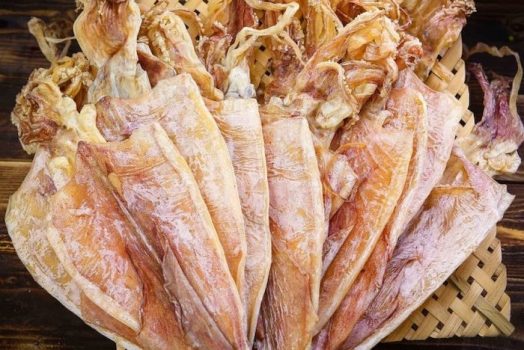Central Mekong Flagship is one of the four geographical “Action Area Flagships” of the Humidtropics. In this Central Mekong area Humidtropics focuses on concerns that emerged from stakeholder consultations during the program’s development. First, there is low or decreased productivity of smallholder farmers who practice maize mono-cropping, grow potato and banana, engage in homestead production of livestock and vegetables, and other products. Second, smallholder farmers in the region continue to have little access to markets and have relatively insignificant influence on value chains. This is mainly because farmers (including women and ethnic minorities) have little institutional power. Third, total farm income remains relatively low. In addition, environmental impacts are increasing in areas where farming practices are intensifying to boost yields. High chemical inputs and unsustainable farming practices have contributed to land degradation, soil erosion, decreased soil fertility, and loss of natural forest ecosystems, thereby increasing the vulnerability of poor people. Finally, household characteristics such as income, education, and asset ownership may not effectively influence household well-being due to gender disparities and cultural norms that influence decision-making at the household level.
There are three action sites identified in Central Mekong Action Area. Those sites are referred to as triangles and thus called green, golden and development triangles. The Northwest region of Vietnam is situated in the Green triangle, which encompasses also some area of Northernmost Laos and some part of the Yunnan province of China. Four provinces in Vietnam were selected to be target of the Green Triangle, including Son La, Dien Bien, Lai Chau, and Lao Cai. And, it was agreed among international and local researchers involved in the program, however, that the initial focus would be on only two provinces, Son La and Dien Bien.
In order to identify the priorities and plan its first activities the Humidtropics partners in the Northwest Vietnam have conducted a situation analysis. Based on the findings of this analysis first proposal is being developed.
The Humidtropics’ Basic Theory of Change is based on the hypothesis that the potential inherent in a region is best realized through an integrated systems approach involving participatory action across all stakeholder groups, and thus, one of the focuses of the programme is to facilitate R4D platforms.
In the Northwest Vietnam, the R4D platform was officially launched in Sapa, Vietnam, in August 2013. This was followed by another workshop in Hanoi in December 2013. As a result of these two meetings, it was agreed that the main functions of the R4D platform are: (i) linking with policy makers; (ii) sharing and learning; (iii) coordination; (iv) linking farmers with markets; (v) capacity building; and (vi) promoting indigenous practices/scaling up. In 2014, it is expected that in NW Vietnam, the platform will move beyond “initiation” phase to the “agenda setting” and “research” phases of the R4D platform within the framework of the Humidtropics programme.



